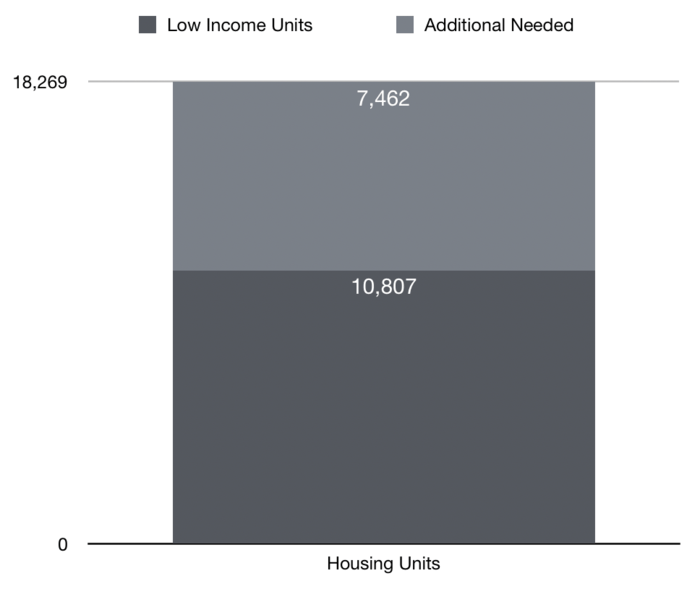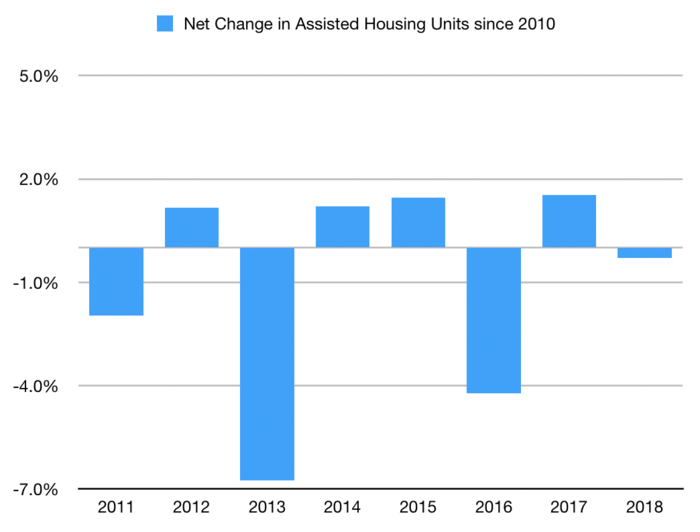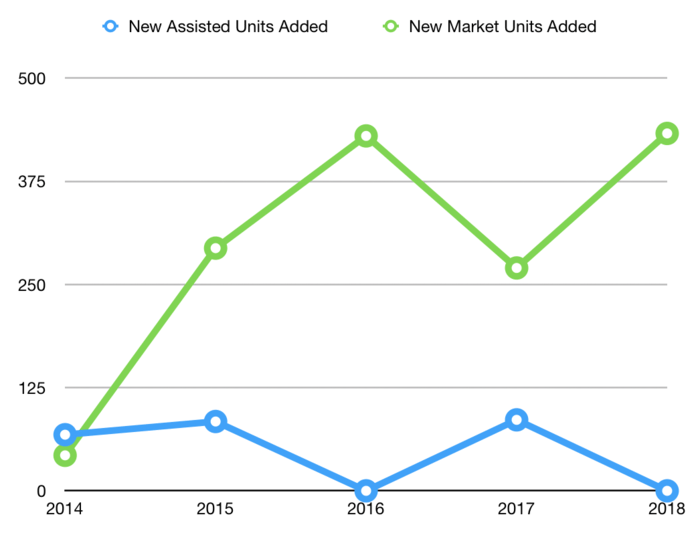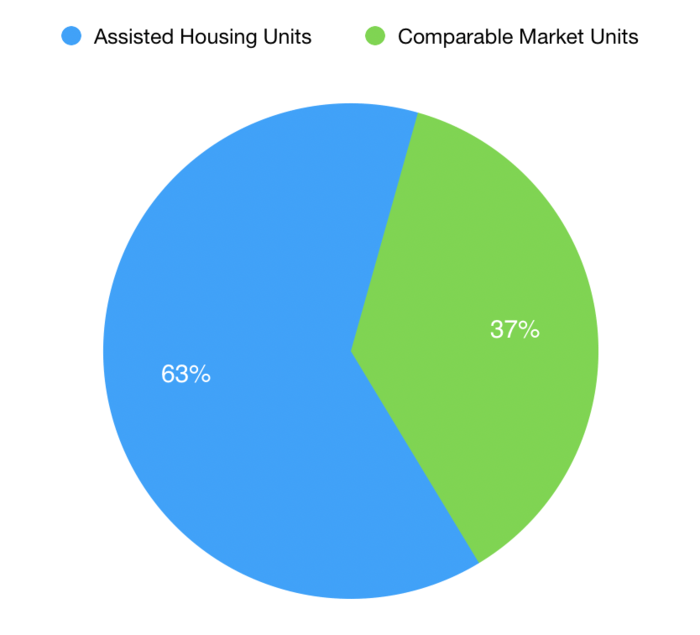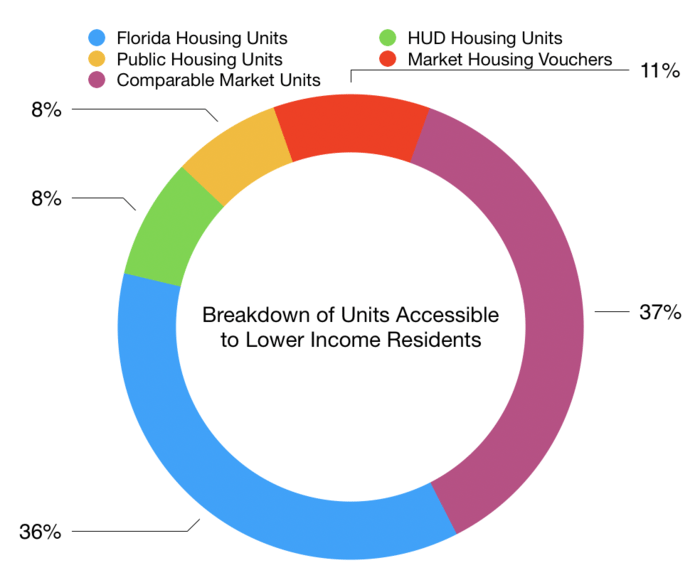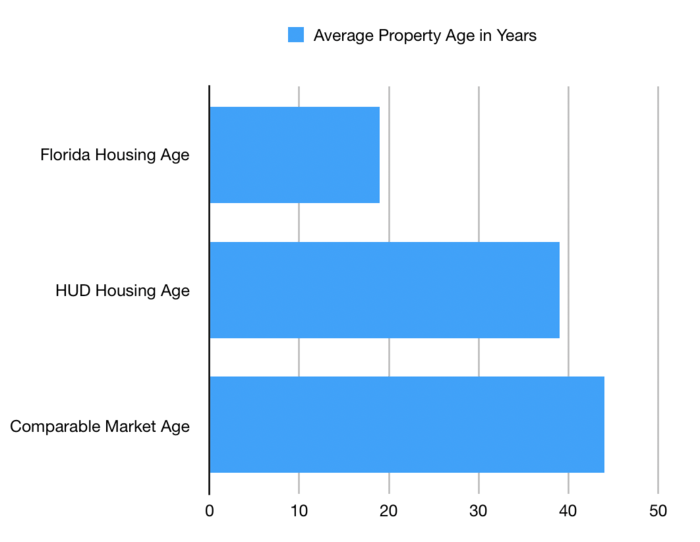On Affordable Housing
In April, Keri shared about the new mixed income housing development we are working on in Melbourne called Heritage Park at Crane Creek. I would like to take a moment and share the latest insight I have into why projects like this are really important today.
Keri and I started working on affordable housing as an issue because we were seeing more new homelessness at the South Brevard Sharing Center, especially among Melbourne’s aging population. We knew rent prices were rising around town while vacancy rates were falling, and we were hearing first hand more stories from folks on fixed incomes being priced out. At the same time, it was becoming harder and harder to help Street to Home clients access housing, too.
But we didn’t understand the full extent of the issue at the time. I have a better grasp of that now, as Heritage Park is further along and more research has been conducted as part of that1.
Here is what I have learned:
1. Most rental housing on the market in Brevard County is out of reach for residents with lower incomes.
Brevard rents have increased 33% in the last five years, including 11% last year. On the other hand, maximum rents for “Assisted Housing2” like at Heritage Park are regulated by the Area’s Median Income level (AMI), which has only increased 2% per year since 2014.
The result is Photo 1 (see below). On average, Brevard County residents pay $1,056 for a two bedroom apartment today; low income residents pay no more than $896 for an assisted unit, if they can find one, and extremeIy low income residents pay no more than $519, if they can find one.
Bottom-line: the market has now priced out lower income residents on average, while assisted units continue to provide greater housing access.
2. The gap in total rental housing accessible to residents with lower incomes is large and widening.
There are around 18,000 renter households living in poverty in Brevard County today, but only around 10,500 housing units accessible to residents with lower incomes. This gap is about 7,500 units (see Photo 2 below).
3. In addition to less in the market being accessible, the gap is widening because Brevard’s inventory of Assisted Housing is declining.
Since 2010, the number of Assisted Housing units in Brevard County has decreased by 11% (see Photo 3 below). At the same time, new market construction has significantly outpaced new assisted construction (see Photo 4 below). Finally, the total inventory of Assisted Housing stock is currently projected to decrease an additional 3% by 2030.
4. The rental housing stock accessible to residents with lower incomes is old overall and varies significantly in quality.
Most of the accessible stock is Assisted (63%), which is generally regulated to certain quality standards. However, 16% is HUD or Public Housing inventory that is nearly 40 years old on average. Florida Housing inventory is the largest Assisted chunk (36%), and is generally of high quality and newer on average (Heritage Park is a new Florida Housing project).
The remaining stock (37%) consists of “Comparable Market Units”. In order to be comparable today, rents must be below market, and when that’s the case there’s generally a negative reason why. The quality in this category is the lowest overall, and these are some of the oldest properties in Brevard County, with an average age of 44 years old.
Bottom-line: Lower-income residents don’t have enough to choose from, and what is out there is aging and of lower quality.
Photos 5, 6, and 7 below illustrate.
The bottom line is projects like Heritage Park at Crane Creek help to fill an important gap in our community – the gap in quality accessible rental housing for residents with lower incomes. But one project is not enough. A decade of declining inventory and a stagnant rate of new assisted housing construction must change for this issue to get better instead of worse. Fully allocating Florida’s housing trust fund can help, but only if Brevard County is organized at a local level to capitalize on available funding opportunities.
Foot Notes #
1 This article is based upon data from the Heritage Park at Crane Creek market study, University of Florida Shimberg Center, data collected about the Brevard County housing market as part of my Street to Home work, the Federal Reserve Economic Database (FRED), and data from the US Census Bureau American Community Survey and Building Permit Survey.
2 “Assisted Housing” refers to housing units that receive funding assistance in exchange for remaining affordable to lower income households for a period of time.
